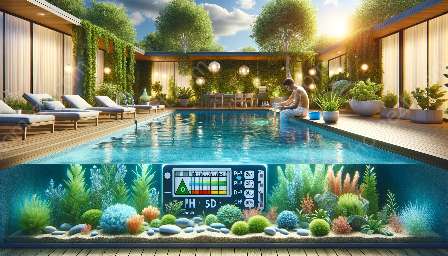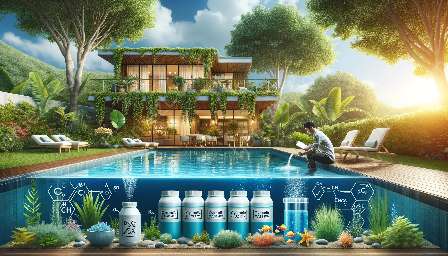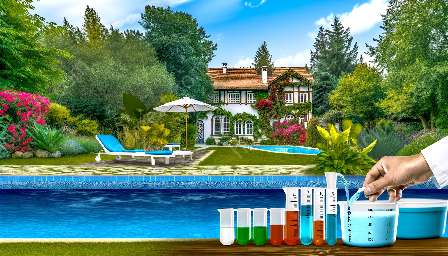Algae growth in swimming pools and spas can pose a number of problems, impacting water chemistry and aesthetics. To combat this issue, algaecides play a crucial role in preventing and controlling algae. Understanding the different types of algaecides and their compatibility with water chemistry is essential for maintaining a healthy and clean aquatic environment.
Algaecides and Water Chemistry
Ensuring the proper balance of water chemistry is fundamental to maintaining a safe and enjoyable swimming pool or spa. Algaecides contribute to this balance by targeting and eliminating algae, preventing outbreaks and promoting crystal-clear water. By understanding the interactions between algaecides and water chemistry, pool and spa owners can make informed choices to keep their facilities clean and inviting.
Types of Algaecides
Algaecides are available in different formulations, each designed to address specific needs and preferences. Some common types of algaecides include:
- Copper-Based Algaecides: These algaecides work by releasing copper ions into the water, which disrupt the algae's cellular structure and inhibit its growth.
- Quat-Based Algaecides: Quaternary ammonium compounds are effective in preventing and controlling various types of algae, making them a popular choice for pool maintenance.
- Polyquat Algaecides: These algaecides are non-metallic and are known for their compatibility with chlorine-based sanitizers, making them suitable for a wide range of pool and spa systems.
Effective Use of Algaecides
Using algaecides effectively involves proper application and dosage, aligned with water chemistry requirements. Pool and spa owners should follow manufacturer guidelines and seek expert advice to ensure that algaecides are used safely and efficiently. It's essential to regularly monitor water chemistry and implement a comprehensive maintenance routine to prevent algae growth and maintain water quality.
Conclusion
Algaecides play a vital role in preserving the cleanliness and aesthetic appeal of swimming pools and spas. By understanding their compatibility with water chemistry and exploring the different types available, individuals can effectively manage algae and ensure a satisfying aquatic experience. Implementing best practices for algaecide use, in conjunction with proper water chemistry maintenance, is key to enjoying a beautiful, algae-free aquatic environment.



















